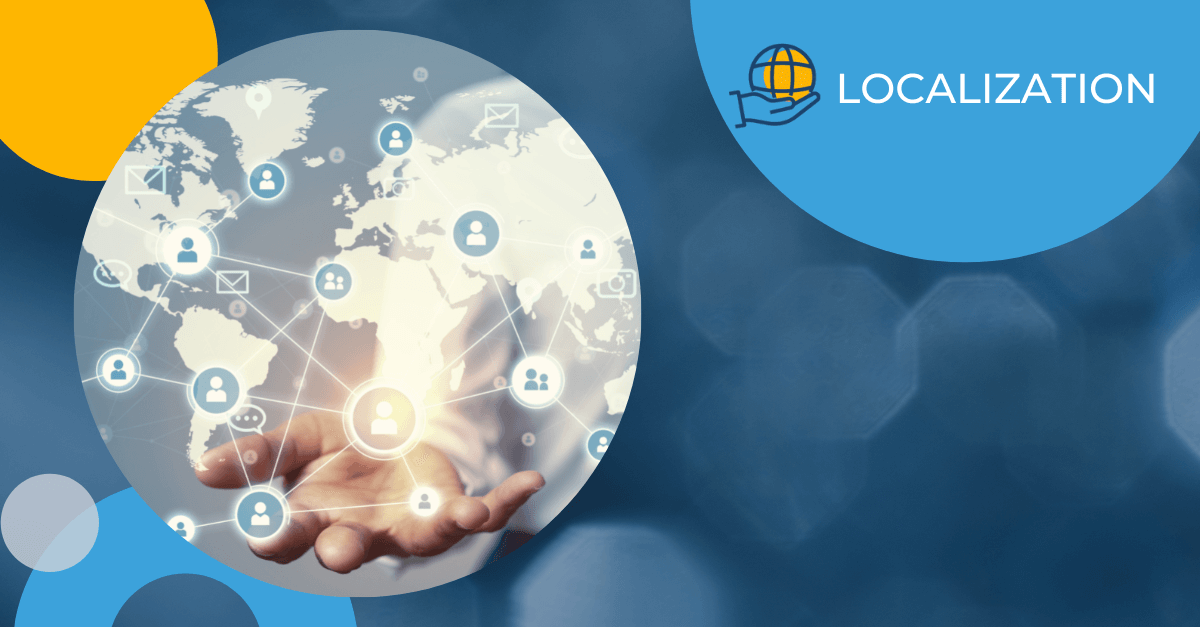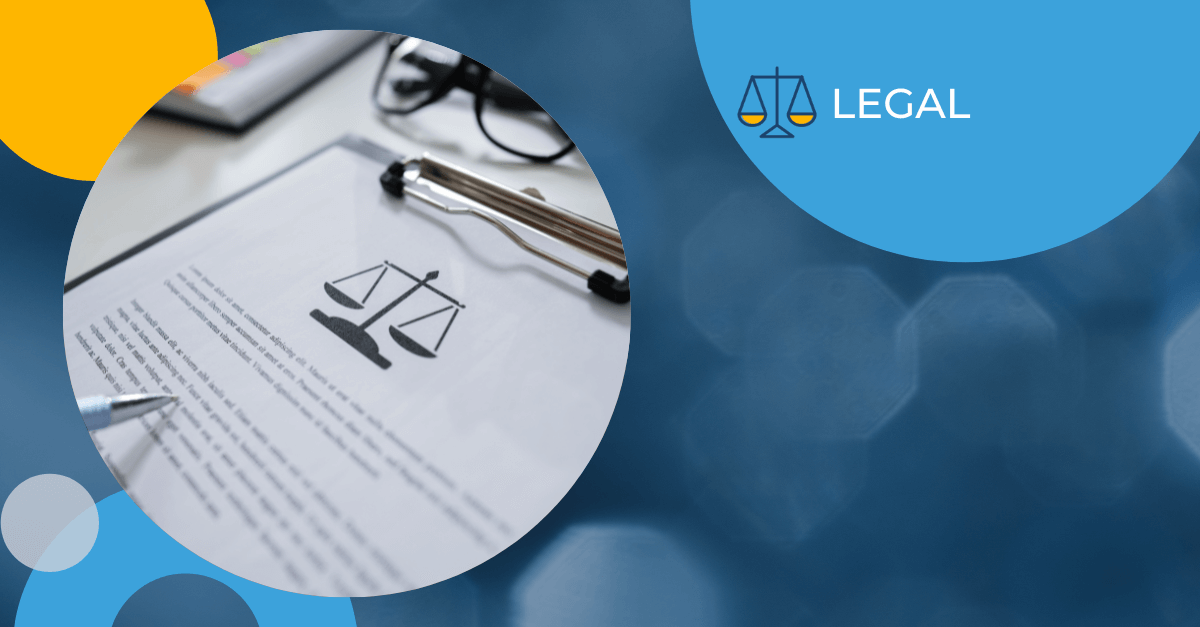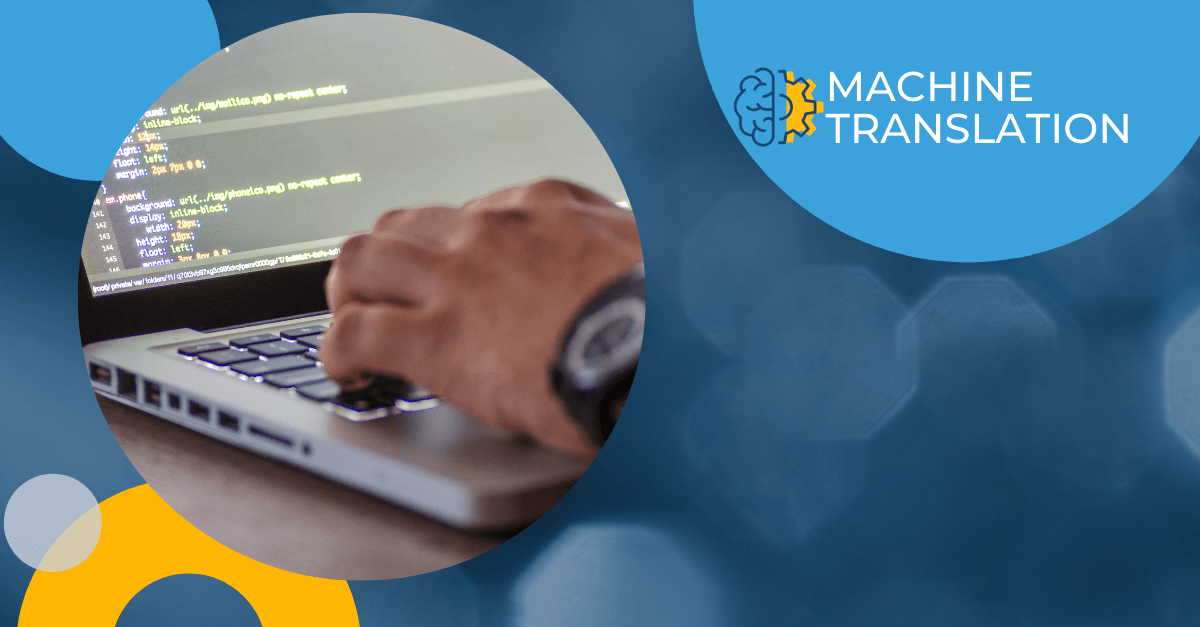Tag: translation
Localization, Internationalization, and Globalization: An Overview

Many individuals and companies think the process of translation is a simple one. Take the text or content in one language, have a translator translate it into another language, and voila! –you now have a multilingual version of your original. Sounds simple, right? The reality, of course, is more complex than that, especially for businesses with the goal of translating for multiple markets.
What is Localization?
The term ‘localization’ is oftentimes used synonymously with ‘translation’. They are, however, different in several respects. Whereas translation is typically used as a catchall phrase for taking text from one language and converting it into another, localization refers to the adaptation of content not only to the target language, but also to that target language’s culture and style.
When content goes through the localization process, some of the atypical items that must also be accounted for can include:
- Date and time formats
- Currency
- Language direction
- Capitalization rules
- Grammar rules
- Symbols and icons
- Country-specific legal formatting
- Culturally appropriate text, graphics, references, etc.
This can be an enormously complex and time-consuming process—depending on the scale of the project. Culture, in and of itself, can be hard to define and more often than not, colloquialisms in one particular culture do not lend themselves to the same meaning in another. Simply translating the words will do little to convey the original meaning of the text and can cause more confusion than clarity in the final translation.
What is Internationalization?
While localization is the process of adapting content into another language and culture, internationalization is the process that enables localization to be carried out effectively. For instance, if a company wishes to localize a particular software program, website or app, internationalization enables
the software to properly handle the necessary character encodings and language variants. This usually involves separating localizable elements from the source code or original content so that the end-user can select the localized text based on their language preferences.
During the internationalization process, all of the items that require localization (date and time formats, currency, language direction, etc.) must be accounted for ahead of time, and various character lengths within the program must be adjusted. More often than not, when text is translated into another language, the length of the text can vary drastically. For example, translating from English into French will most likely result in much longer text than the original source text, whereas translating into Chinese (a symbol-based language) will result in much shorter text.
With proper internationalization, the localized content will adjust accordingly for each language to ensure that the text remains properly formatted within the document or program. Attempting to retrofit a localized product after the fact is a much more difficult and time-consuming process, especially when there are multiple items and multiple languages to account for. That is why internationalization must be planned early to avoid the trouble and expense of making changes later on.
What is Globalization?
Globalization is simply the umbrella term used to describe this internationalization and localization process. Most of us are familiar with phrase, “going global” when it comes to business. In essence, it means taking your product or service to foreign markets all over the world by adapting to cultural differences, language, units of measure, etc.
Through globalization, a business utilizes the processes of internationalization and localization to ensure they can effectively cater to a particular region with linguistically and culturally appropriate material.
For businesses that are truly looking to make their products relevant in the global market, the translation process should never be an afterthought. It should ideally be planned ahead of time and incorporated into the planned rollout of the product.
If you want to learn more about our professional localization services, contact us here.
Get the latest insights delivered to your inbox
Translating Legal Documents

Every type of translation requires a specific set of skills and expertise from the translator. For legal translations—which can range from translating a contract to translating thousands of foreign legal documents for a major litigation case—precision and accuracy is a must. The translation must be absolutely correct and accurately reflect both the meaning and intent of the source document. There must be no ambiguity in legal translation, nor can the translator “insert” words that were not in the original or paraphrase the text in any way.
But in translating legal documents, legal knowledge and expertise alone is rarely sufficient. Legal translations often deal with complex scientific and technical subjects, like biochemistry, engineering, and wireless technology. A translator must understand both the legal terminology and the related technical and scientific subjects of the document. A legal translator may have the perfect background to translate immigration documents, but be out of his league translating documents related to pharmaceutical litigation. That is why when Morningside selects legal translators for our clients’ projects, we insist that they have both an educational background and specific industry experience in the technical field or practice area of the documents in question. This is the first, but critical step, in ensuring a precise and accurate translation.
Get the latest insights delivered to your inbox
Machine Translations

Machine translations are also often referred to as automatic translations or non-human translations, which are produced by a translation service. A Machine translation can loosely be defined as a translation conducted by a computer, as opposed to a human translation, which is conducted by a translator. A machine translation will produce a document translation that is very different from a human translation produced by a translation service.
Often times, we hear the term machine translation used in the legal translation industry in reference to document translation. We are called upon to discuss the validity of a machine translation and to compare it to the translation service that a human may provide. Machines, or computers being referred to as machines, cannot possibly absorb all of the nuances and specialty knowledge base that is required for most legal translation matters.
To be sure, machines have revolutionized the world in a way that would not have been possible with humans alone. It is impossible to argue with the assertion that a machine can assemble car parts or portions of cereal more quickly and effectively than a human can. However, mechanical operations are precisely that and nothing more. Adding a precise and measured portion of cereal into a bag is all about measurements, a scientific measurement.
Translation, on the other hand, has very little to do with scientific measurement. Legal translation revolves around language and the attention to meaning and intention perceived in such language. A machine cannot possibly pick up on the difference between “like” and “as” and “such as”, for example. Ultimately, the use of machine translations to make a legal case is too risky an endeavor when considering the document translation at hand requires extreme care. As many legal cases rely on the meaning and understanding of one single word or phrase, a human translation is required to ensure that the sensitivity to that word or phrase is picked up on and adhered to.
Get the latest insights delivered to your inbox
Professional Translations

The translation of consumer products labeling and instructions is no simple task. For pharmaceuticals and other medical translations, an incorrect or unclear translation can have serious repercussions. Cultural sensitivity is also paramount: words and phrases that are catchy in English can fall flat or even offend your target audience.
One thing you should certainly not do is use machine or Internet translations. These translations are not nearly accurate enough. For example, the washing instructions on a child’s sweater in Germany were translated as “washing from the left side,” which obviously makes no sense. What the label was trying to say is “wash inside out.” This error was due to a literal translation of the German instructions, and a literal translation is rarely an accurate one.
Here is another example of a faulty translation, though this one was apparently the result of human error. You would probably think twice about purchasing the Tehao Rechargeable Shaver (made in China) that included these instructions in English: “Smuggle the razor blade (reference value around 400 g) on your muscle vertically, then drag your skin and shave back slowly. Too much strength on muscle may cause quick wear and tear, poor shaving feeling and outer razor blade’s tear.” This is probably not the work of a professional translator.
One way to avoid obvious translation errors that are laughable as well as those that can offend is to use a translation company that relies on translators in the target country, or who are at the very least native speakers of the target language and familiar with cultural sensitivities and proper idiom. Trying to save money by relying on machine translations or a translation service that offers rock-bottom prices (and inevitably quality as well) could end up making your product the butt of jokes.
Get the latest insights delivered to your inbox
It Takes a Patent Lawyer

Given the current state of the global economy, few companies can afford not to consider cost-cutting measures regarding their intellectual property procurement and patent translations.
Whether you are the Chief Patent Counsel for a Fortune 500 biotech company, or a patent attorney representing clients with a very limited patent portfolio, evaluating your patent translation costs related to overseas patent prosecution could make a significant difference in your–or your client’s–bottom line.
Chances are you or your outside counsel currently relies on foreign associates to handle both the translation and the national phase filing of the application. Many patent groups have never seriously considered the possibility of “unbundling” these services and using a separate vendor for the patent translation. Certainly there are a number of advantages to the status quo approach. For law firms, reciprocity is important, and providing your foreign associates with more business—including translation business—helps your firm get more business in return. For busy and often under-staffed in-house patent groups, dealing with one foreign patent firm as a “one-stop-shop” for both translating and filing a patent in a given country appears easier and more convenient. For the foreign associates, the status quo is also ideal, since the high fees they charge for translating the patent is an important revenue stream.
But this convenience could be far more expensive than you realize. Given limited patent budgets, cuts that are not made in translation costs could lead to other reductions that are far riskier: the outsourcing of patent drafting work, a reduction in the number of countries you file in, or the use of less accurate machine translations to translate prior arts that are critical in understanding the patentability of an application that is being drafted.
There are several options for companies that want to reduce their patent translation costs related to filing. The most obvious option—one that is becoming far more common—is filing your patent only in countries where the filing language is English. That means filing in the United States, Canada, India, Australia, Israel, and the EPO (though claims need to be translated into French and German), and several other important markets without incurring any translation costs at all. Certainly, this strategy will significantly reduce the overall cost of filing a specific patent. But of course it also means that your or your client’s invention will not be protected in several major world economies and economic blocs: Brazil, China, Japan, Russia, Latin America, and the Gulf States, to name but a few.
Another option to reducing patent translation costs is focusing on regional blocs where one translation will cover multiple countries. For example, translating your patent into Arabic will allow you to file with the GCC (Gulf Cooperation Council), which includes Saudi Arabia, Kuwait, Qatar, and the UAE. That same Arabic translation (with minor modifications) can also be used to file in Egypt.
Finally, another strategy that is worth considering is turning to a patent translation firm—like Morningside—with proven expertise in translating patent applications. Once the patent translation is completed and returned, you can submit it directly to your foreign associates for filing. Depending on the number of countries where you file, the savings can be very substantial. For example, one of our clients estimated that they would save over $500,000 a year on their filings by using our services for the translation work, and relying on their foreign associates for the filing work only. By saving on translations, they have been able to avoid other cuts in their patent budget and improve their overall bottom line.
We will have more to say about the process of switching from foreign associates for patent translation work in a future posting.
But first a quick note about translation firms. While most American firms employ experienced, certified translators, only a small number of these firms specialize in patent translations. And even fewer utilize native language translators in the target countries with the technical and linguistic background to handle a complex nanotech or biological patent.
But even that is not sufficient. Even the best translators, editors, and project managers probably do not have the necessary legal and technical knowledge to guarantee the most accurate translation possible. It takes a patent lawyer with significant expertise in his country’s patent laws and a grasp of legal nuances related to a patent’s claims. That is why Morningside partners with patent firms in the target countries and relies on native language patent attorneys to oversee the translation process, and carefully edit and proofread the translated application. We believe that it takes a patent lawyer, and most of the patent lawyers that we are pleased to count among our clients believe it does too.
Compromising on patent translation costs should not entail compromising on quality. And one aspect of quality you should absolutely not compromise on is ensuring that your translated applications are carefully reviewed by a patent attorney in the target country before they are filed.

